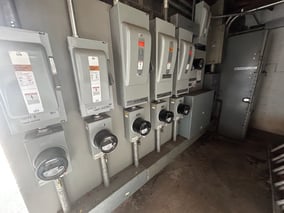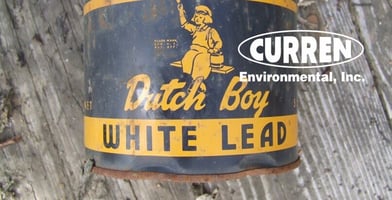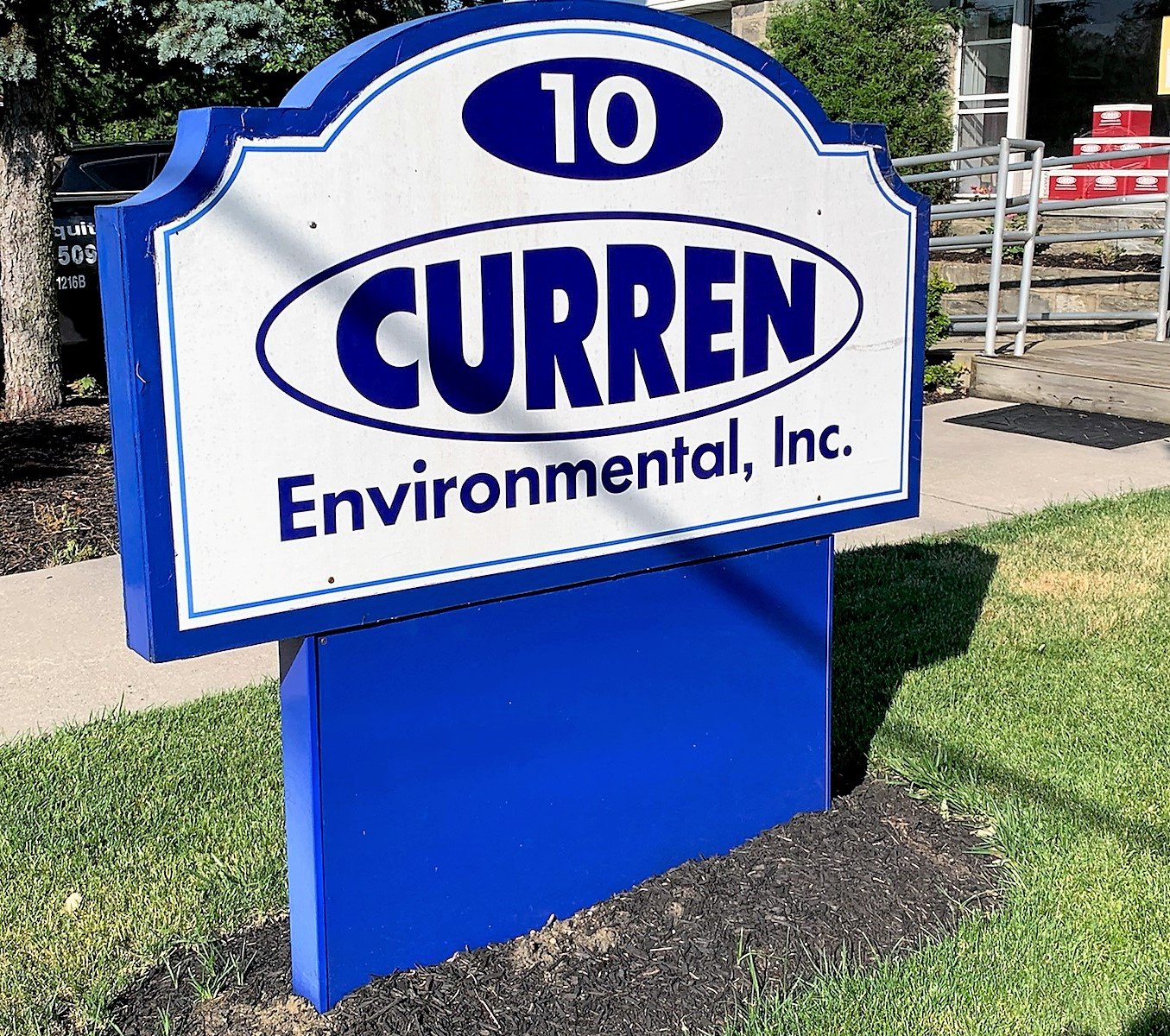You should not rely on the ERMI. Unfortunately, many people, including companies, are relying on the ERMI incorrectly. The ERMI, or Environmental Relative Moldiness Index, was developed by U.S. Environmental Protection Agency (EPA) researchers. It is a research tool and is not recommended for use except as a research tool (this is as per EPA).
The ERMI scale for estimating mold contamination was developed for use in research studies related to mold exposure and health impacts. ERMI has been peer-reviewed for research purposes only and has not been validated for non-research purposes. Meaning the creator of the ERMI, the EPA does not recommend the use of ERMI in homes, schools, or other buildings.

The ERMI methodology uses mold-specific quantitative polymerase chain reaction (MSQPCR) to quantify 36 molds and calculate an index number for comparison with a database of reference homes. The ERMI provides a scale that ranges from a low of approximately -10 to a high of about 30 and can be used by extrapolation or estimation to estimate a U.S. home’s relative level of moldiness compared to the AHHS representative national selection of homes.
What was the AHHS representative selection of homes?
1131 homes across the U.S. as part of the 2006 HUD American Healthy Home Survey is the base participants in private and public residences. A 3-stage cluster sample was used to select a nationally representative sample of 1,131 homes. Samples were collected via surface wipes from four common living areas, homeowner vacuum bags, and soil samples from outside the home. Lead testing in paint was conducted using a portable X-Ray Fluorescence (XRF) instrument. All samples were collected during a single day. Relevant environmental contaminant data included measurements of lead paint,
lead dust, lead in soils, mold, allergens/endotoxins in dust, arsenic in soil, indoor moisture measurements, and indoor pesticide residues. Housing type and age, demographic information on residents (age, race, income group, ethnicity), electrical safety, structural stability, moisture, pest control, ventilation, injury prevention, fire safety, deterioration of carpet, and plumbing facilities were also collected. As you can see the survey (study) covered many factors not just mold. If you care to see the meta data sheet for the survey, click here American Healthy Homes Survey (AHHS)
So being a research tool, the ERMI assessment has been used by EPA to help characterize relative levels of mold contamination in homes and other buildings and is being used to investigate potential relationships between ERMI values and health effects. Now this is being evaluated by researchers as there are zero published government standards for acceptable or unacceptable levels of mold in a built environment. That said to date research is finding that a higher ERMI value in homes have been correlated with a greater likelihood of occupant asthma. But this trend has not been validated through a multi-lab study, so the accuracy of information is unvalidated.
Now there are labs in the United States that have licensed the ERMI testing from EPA however, the transfer of this technology under the Federal Technology Transfer Act cannot be used to make any claims suggesting that the ERMI is an EPA-approved or validated test. Meaning this is not an EPA approved testing approach for mold at the present time.
Why do you even know about the ERMI? You are likely concerned about mold and perhaps think you have a mold problem. You looked up mold testing and contacted a so-called mold professional who perhaps is advocating testing for mold and utilizing the ERMI scale. The testing is unvalidated as previously stated and is meant to be used for research only. If you want to be part of a science experiment and have extra money for that endeavor, have at it. If you think you have a mold problem, you need a professional mold inspection which is based in inspection for water damage (past or present) which are current EPA mold-assessment guidance. Your visual assessment looks for mold growth, water damage, infrastructure deterioration and is performed by a professional with experience in such matters. The inspection can use IR technology, borescope and other specialized equipment but each has limitations, and their use is based on specific site conditions.
EPA does not recommend testing for mold when obvious mold is present (read visible mold).
For example, do you really think it is prudent to test either of the areas in the below photos? Mold is obvious, what is not 100% obvious is the cause and if other areas in these rooms have a mold problem.


This is based on a commonsense approach that resources (read money) be spent to address the problem rather than turning it into a science experiment. But there are many situations where mold is present out of sight and air sampling is one of the best tools in the tool bag to help find hidden mold. Even without government standards air testing can help define a normal fungal ecology (meaning what are normal mold spore levels in a built environment.). Since mold is ubiquitous you will have mold spores in the air when you test, wherever you test. The differential is what spores are found by testing and in what concentrations, the evaluation of spore type and concentration will allow an inspector to evaluate a given space for mold-related problems.
The photos below show air sampling for mold and both found mold that was not visible to the naked eye. Meaning mold was present behind the walls. The photo to the right, many possible water sources as it is a utility room that has a water heater, washer and dryer, and an HVAC unit with a condensation pump. All these items have the potential to release moisture in the space.


A key consideration, which many people overlook is if the space being evaluated appears to have had water issues. This evaluation should also evaluate if perhaps the area "could" have had water issues that were addressed (repaired) but mold could still be present behind walls. The easy approach to water damage is to clean and paint, not remove and replace. When you only touch up an area, you are likely leaving mold behind walls. This mold, most likely dormant allows spores to get airborne and will grow when moisture conditions are conducive. The bottom line is you must approach all mold assessments and testing based on the evaluation of conditions that could or would allow mold to grow. That answer will lead you to the problem.
Want expert mold advice? Call Curren today.
888-301-1050

 ental due diligence is critical for multi-tenant properties. A Phase I Environmental Site Assessment (ESA) is always the starting point, though the typical 2–3 week turnaround may be too fast for complex sites. In many cases, a Phase II ESA is also warranted, especially for older buildings or properties with tenants who may have generated hazardous waste.
ental due diligence is critical for multi-tenant properties. A Phase I Environmental Site Assessment (ESA) is always the starting point, though the typical 2–3 week turnaround may be too fast for complex sites. In many cases, a Phase II ESA is also warranted, especially for older buildings or properties with tenants who may have generated hazardous waste.







 Cutting the tank into manageable pieces allowed the tank to be removed from the space.
Cutting the tank into manageable pieces allowed the tank to be removed from the space.



 This utility room houses HVAC equipment, a water heater & a washer and dryer. There are three typical causes of mold in this room. Mold was found; do you know where, the cause, and the fix? We did.
This utility room houses HVAC equipment, a water heater & a washer and dryer. There are three typical causes of mold in this room. Mold was found; do you know where, the cause, and the fix? We did.










